Surprising Haiku: The Japanese Spirit of Minimalism in the 5-7-5 Rhythm
スマホ忘れて 窓辺の鳥に 聞き入る
Sumaho wasurete madobe no tori ni kikiiru
Forgot my smartphone,
Intently listening
to the bird at the window.
-
found online, 2023
 The Art of Weighing Words
The Art of Weighing Words
Haiku, being one of the most famous and appreciated literary forms in Japan, embodies the subtle beauty and deep introspection characteristic of Japanese culture. In essence, haiku is more than just a poetic form; it's a philosophy, a way of looking at the world that combines simplicity with profound reflection. Consisting of only seventeen syllables, spread over three lines in a 5-7-5 scheme, haiku is the quintessence of Japanese minimalism, demonstrating how much can be expressed with few words.
The history of haiku dates back deeply into the traditions and history of Japan, being an integral cultural element since medieval times. Originally developing as part of a more complex poetic form called "renga," haiku evolved into an independent art form during the Edo period (1603-1868), reaching its peak of popularity and refinement in the works of poets like Matsuo Bashō, whose works remain a symbol of poetic excellence to this day. 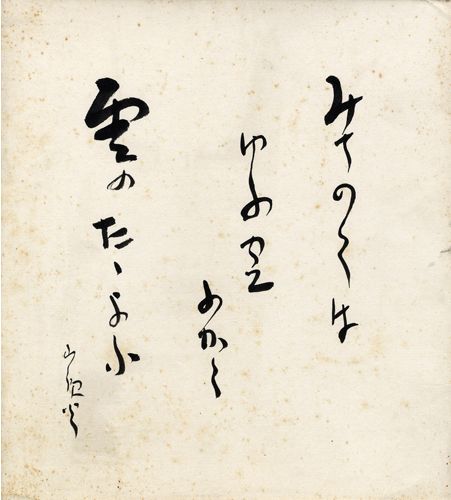
The significance of haiku in Japanese culture extends beyond the boundaries of literature, permeating everyday life, art, and even spirituality. It is a form of poetry that teaches mindfulness and deep appreciation for the present moment, capturing the beauty and transience of nature in a few simple words. In haiku, ordinary moments of everyday life are transformed into extraordinary reflections on life, nature, and human existence, making this modest poetic form one of the most recognizable cultural symbols of Japan.
かかる夜の月も見にけり野辺送り
Kakaru yo no tsuki mo mi ni keri nobe-okuri
Returning from a funeral,
On such a night
I gazed at the moon.
Kobayashi Issa, circa 1810
 What does Haiku (俳句) mean?
What does Haiku (俳句) mean?
The term "haiku" (俳句) originates from the Japanese language and consists of two kanji: 俳 (hai), often translated as "funny" or "comic," and 句 (ku), meaning "verse" or "phrase." Initially, haiku was not a standalone poetic form, but the opening verse (hokku) of a longer poetic chain known as renga. The name "haiku" as a separate poetic form was introduced only in the Meiji period (late 19th century) by Masaoka Shiki, who sought to rejuvenate this form of poetry, distancing it from historical associations with renga and giving it a new, more artistic and personal meaning.
狼の声揃うなり雪の暮れ
Okami no koe sorou nari yuki no kure
Wolves howl
In chorus;
Snowy evening.
Matsuo Bashō, circa 1810
What is Haiku?
 Haiku, being one of the most distinctive forms of Japanese poetry, is a short poem consisting of only seventeen syllables, spread over three lines according to a 5-7-5 pattern. This structural simplicity of haiku is deceptive, as each word, each syllable must be carefully chosen to convey deep meaning and emotion. This poetic form requires the author to use language precisely and express a rich thought or image in a condensed and suggestive way.
Haiku, being one of the most distinctive forms of Japanese poetry, is a short poem consisting of only seventeen syllables, spread over three lines according to a 5-7-5 pattern. This structural simplicity of haiku is deceptive, as each word, each syllable must be carefully chosen to convey deep meaning and emotion. This poetic form requires the author to use language precisely and express a rich thought or image in a condensed and suggestive way.
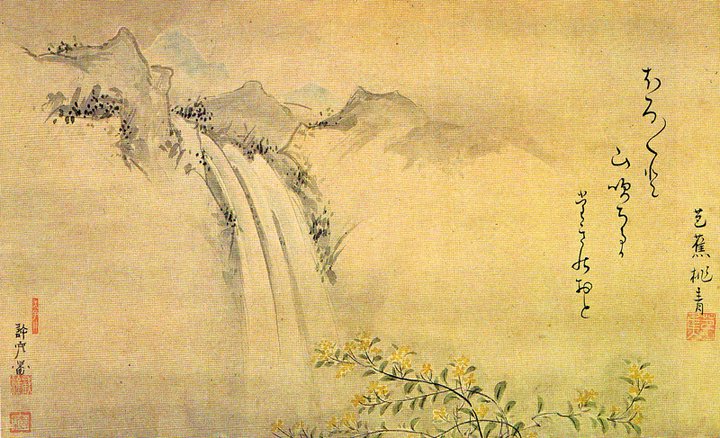
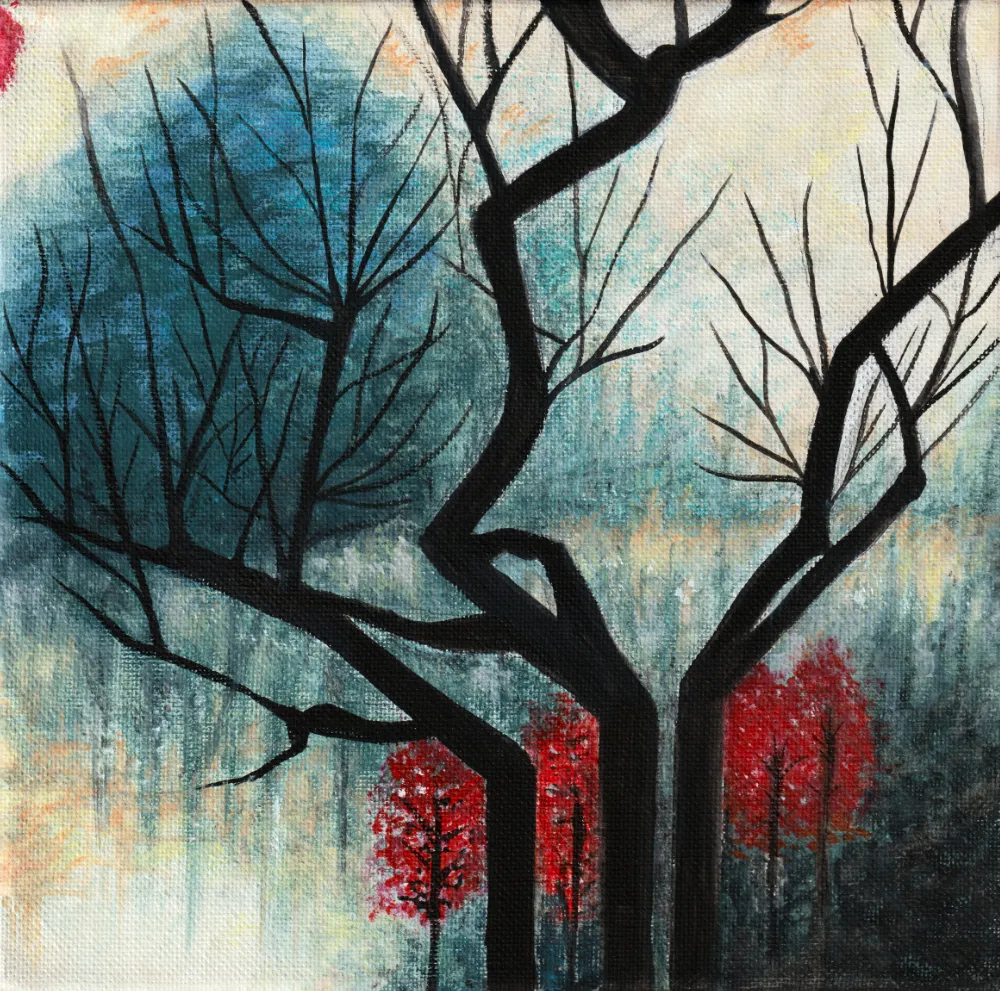
Kireji, the cutting word, is another essential element of haiku. It is a kind of verbal punctuation that introduces a break, a division of thought, or an emotional emphasis. Kireji has no exact equivalent in Western languages, but its role is to build tension, surprise, or contrast in the poem. The use of kireji often introduces an element of unexpected perspective change or deeper reflection, characteristic of the subtle aesthetics of haiku.
古池や蛙飛び込む水の音
Furui ike ya, Kawazu tobikom, Mizu no oto
Old pond -
A frog jumps in,
Sound of water.
• Matsuo Bashō, 1686
The History of Haiku
Haiku, as we know it today, originated from an ancient poetic form called "hokku," which was part of a longer form known as "renga". Hokku, now known as haiku, was the opening stanza of renga and consisted of 17 syllables. This poetic form gained popularity during the Heian period (794-1185), when the aristocracy valued the art of poetry writing as a refined form of communication and entertainment.
In the Edo period (1603-1868), haiku began to develop its own identity as an independent poetic form. It was during this time that Matsuo Bashō (1644-1694), considered one of the greatest haiku poets, had a significant impact on the development of this genre. His famous journey to northern Honshu, immortalized in the work "Oku no Hosomichi" (The Narrow Road to the Deep North), brought a new depth and sensitivity to haiku, making it a tool for expressing deep emotional experiences and observations of nature.
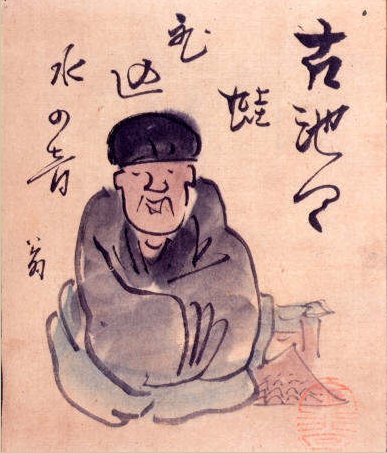
In the Meiji period (1868-1912), haiku began to evolve under the influence of Western ideas. Masaoka Shiki (1867-1902), another key figure in the history of haiku, introduced the term "haiku" and promoted the idea of "shasei" (sketch from life), which meant realistic depiction of nature. His approach had a tremendous impact on the modernization of haiku.
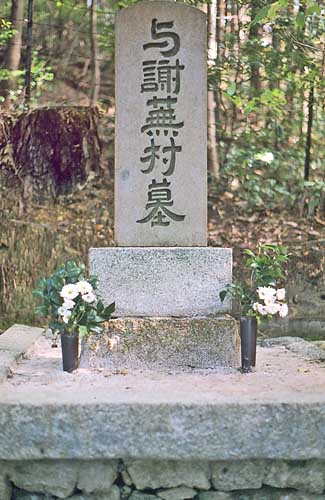
Today, haiku remains an important part of Japanese culture and education. Haiku contests are regularly organized, and the tradition of creating haiku is nurtured by both older and younger generations. Haiku has not only survived the centuries but continues to evolve, adapting to changing times and contexts.
五月雨を集めて早し最上川
Samidare o atsumete hayashi, Mogami-gawa
Early summer rain
Gathers quickly
In the Mogami River
• Matsuo Bashō, 1689
Haiku and Japanese Minimalism
Haiku, with its condensed 5-7-5 syllable form, is a perfect example of Japanese minimalism, a philosophy that values simplicity, subtlety, and a focus on the essence. This poetic form requires the creator to limit themselves to the absolute minimum of words to express deep feelings and observations. Traditional haiku demonstrates this simplicity by depicting a natural scene in the most essential way. The terms "ma" and "mu" are key concepts in Japanese aesthetics, which help understand why minimalism is so valued in this culture, and why haiku, as an art form, is so deeply connected with it.

Mu (無): 'Mu' literally means 'nothing' or 'nothingness.' In Japanese philosophy and aesthetics, especially in the context of Zen, 'mu' is seen as a state or concept that transcends the ordinary categories of existence and non-existence. In haiku, 'mu' can be understood as the conscious removal of unnecessary elements, allowing a focus on the essence of the experience or image. In this way, by limiting words and images to the absolute minimum, haiku can express profound and multilayered ideas.
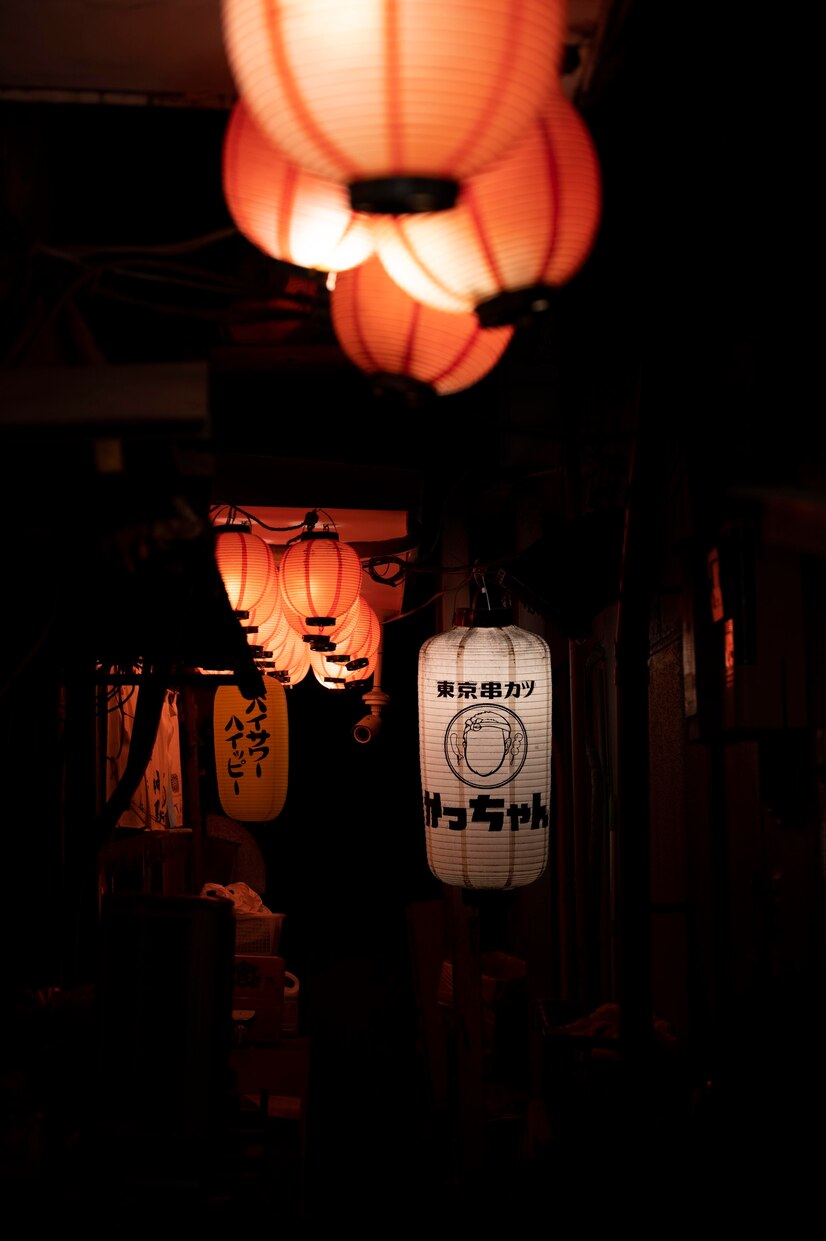
The structure of haiku requires the poet to choose words that are both economical and expressive. This commitment to minimalism extends beyond form to content as well. Haiku often focuses on simple, everyday aspects of nature and life, such as the song of a bird or a falling leaf, extracting deeper meaning from them. This focus on 'small things' and their symbolic significance aligns with the Japanese approach to life, where harmony and balance with nature are considered key.
冬の朝霧中に咲く花一輪
Fuyu no asa kirimochi ni saku hana ichirin
Winter morning,
A single flower blooms amidst the fog,
Lonely in the cold.
Anime Senryuu Shoujo, 2019
The Place of Haiku in Japanese Anime
Contemporary Japanese culture, including manga and anime, continues to draw inspiration from haiku. Haiku appears in school textbooks, films, and TV shows, often as a way to express a character's emotions or to highlight a moment. Modern anime often refers to the tradition of haiku both directly, by placing haiku as an important element of its plot, or more indirectly – drawing from haiku techniques to express subtle emotions. Below are just a few anime that reference the tradition of haiku to varying degrees.
'Chihayafuru' (2011, Madhouse) focuses on the game of karuta, a Japanese card game that uses waka, a classical form of Japanese poetry closely related to haiku. Characters in the anime compete in karuta, where each card represents a waka poem. Although haiku is not directly in focus, the poetic nature and significance of waka weave through the series, highlighting the importance and beauty of Japanese poetry.
 'Barakamon' (2014, Kinema Citrus) tells the story of Seishuu Handa, a young calligrapher who, after a conflict with a critic, moves to a small island. Throughout the series, Handa meets Naru, an energetic girl who often creates haiku, though her poetry is sometimes nonsensical or humorous. Haiku in 'Barakamon' showcases local culture and the simplicity of rural life, as well as serving as a tool for character development.
'Barakamon' (2014, Kinema Citrus) tells the story of Seishuu Handa, a young calligrapher who, after a conflict with a critic, moves to a small island. Throughout the series, Handa meets Naru, an energetic girl who often creates haiku, though her poetry is sometimes nonsensical or humorous. Haiku in 'Barakamon' showcases local culture and the simplicity of rural life, as well as serving as a tool for character development.
'Hyouka' (2012, Kyoto Animation) features main characters who are members of a high school literary club. In one episode, they participate in a haiku competition. Although haiku is not the main theme of the series, this particular episode highlights the significance of haiku in Japanese culture and shows how young people can interpret and use this form of poetry.
 'Natsume Yuujinchou' (2008, Brain's Base) has the titular character, Natsume, who has the ability to see spirits. The series includes references to Japanese poetry, including haiku. Although haiku is not central to the plot, it appears in the background, often serving as a metaphor for the spiritual world and deeper emotions of the characters.
'Natsume Yuujinchou' (2008, Brain's Base) has the titular character, Natsume, who has the ability to see spirits. The series includes references to Japanese poetry, including haiku. Although haiku is not central to the plot, it appears in the background, often serving as a metaphor for the spiritual world and deeper emotions of the characters.
'Sarazanmai' (2019, MAPPA) is a unique anime that combines elements of surrealism, folklore, and contemporary culture. The series includes haiku used to convey the emotions and thoughts of characters. While haiku is not the main focus of the plot, it fits into the overall aesthetics and tone of the series, adding elements of traditional Japanese culture.
These examples show how haiku and its related poetic forms are present in Japanese animation, often serving as a tool for deeper understanding of characters, culture, and emotions.
夏の夜星座を探す空の下
Natsu no yoru seiza o sagasu sora no shita
Summer night,
Searching for constellations,
Under the starry sky.
Anime Senryuu Shoujo, 2019
"Senryuu Shoujo" - A Case Study
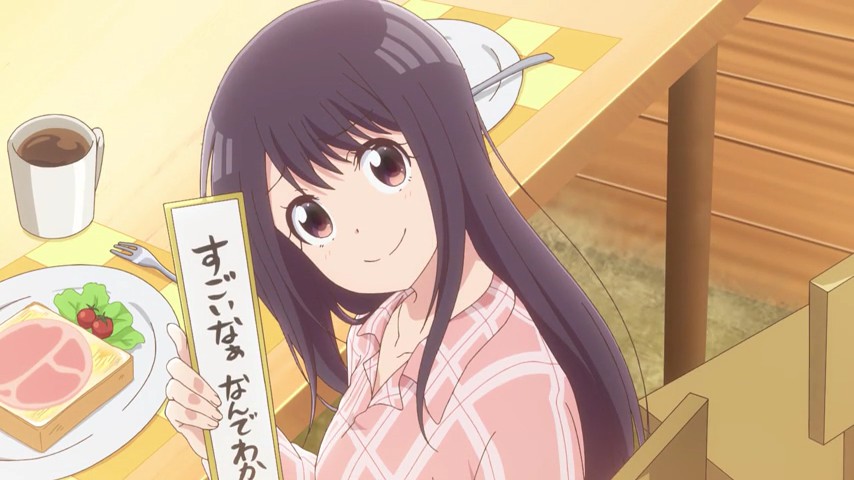
In "Senryuu Shoujo," haiku plays a central role, being the main means of expression for the main character, Nanako. Although senryū is not exactly the same as haiku, it maintains a similar form and rhythm of 5-7-5 syllables, which is prominently showcased in the series. Nanako uses senryū to communicate with other characters, which is a unique approach to narration. Each episode contains many such short poems, allowing viewers to gain a deeper understanding of her thoughts and emotions, as well as experience Japanese poetry in a modern context.
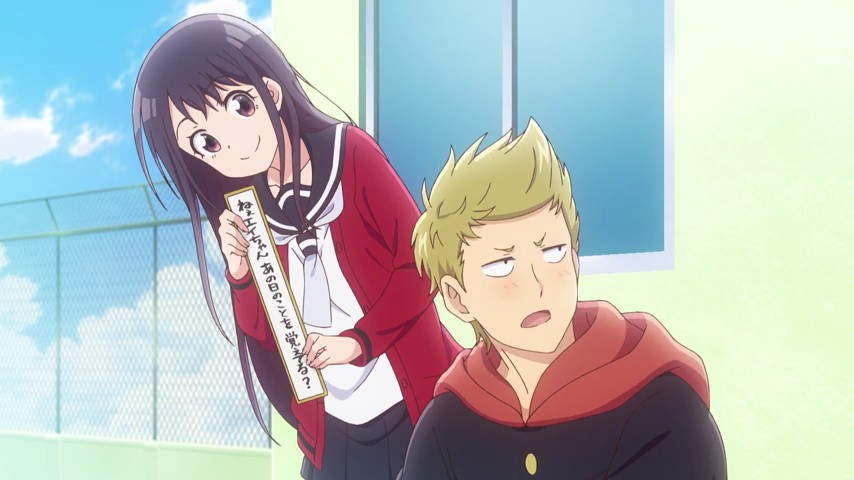
The anime is significant as it shows how a traditional poetic form, such as haiku, can be adapted to the modern world and the younger generation. "Senryuu Shoujo" not only pays homage to classic haiku but also demonstrates its evolution and adaptation in modern pop culture. The series becomes a bridge connecting tradition with modernity, encouraging younger viewers to explore and appreciate the depth of Japanese poetry.
高層ビル光の海へ夕焼け落ち
Kōsō biru hikari no umi e yūyake ochi
Skyscrapers,
Sea of lights towards the sunset,
Immerses in red.
Hoshino Takashi, 2015
Summary
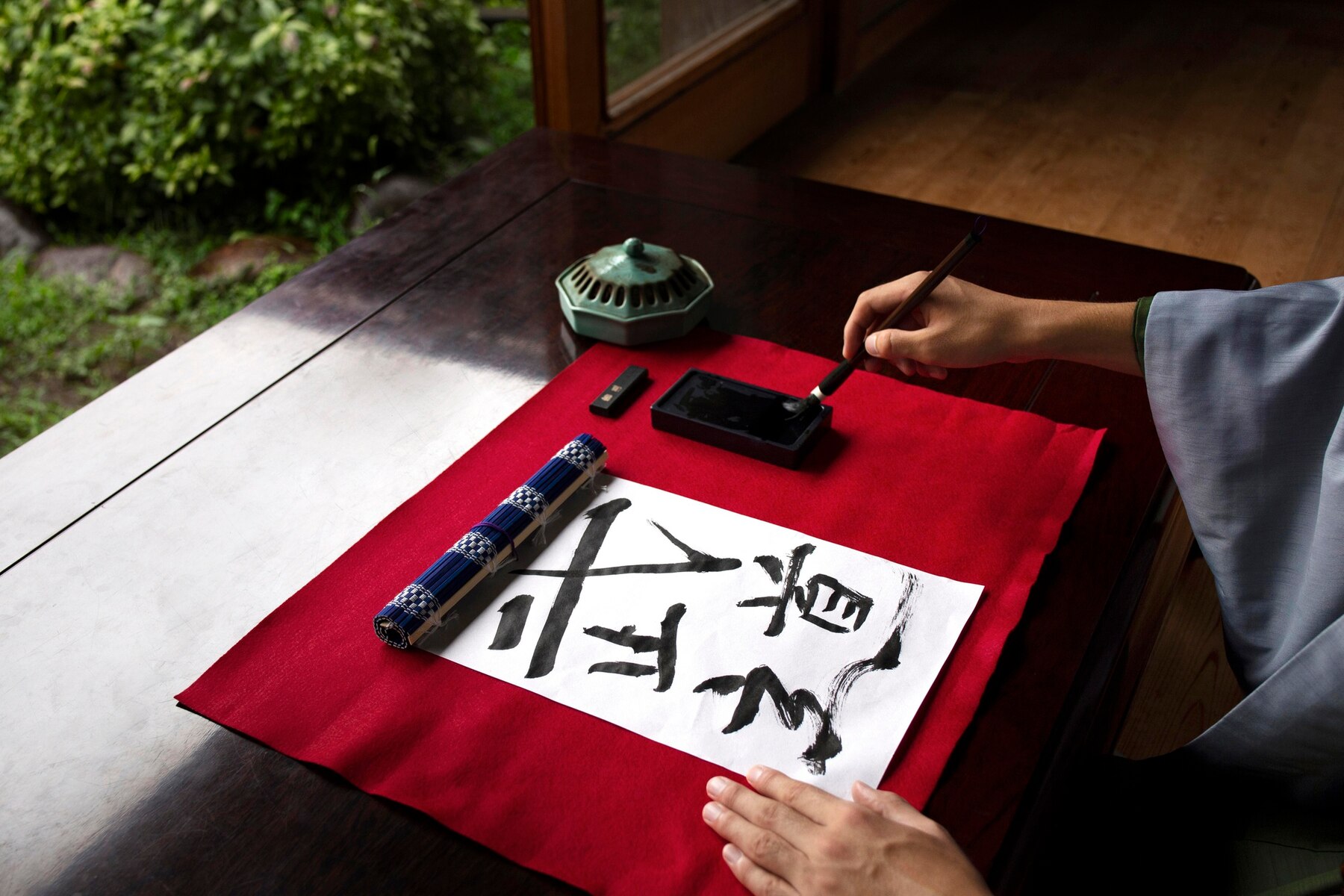
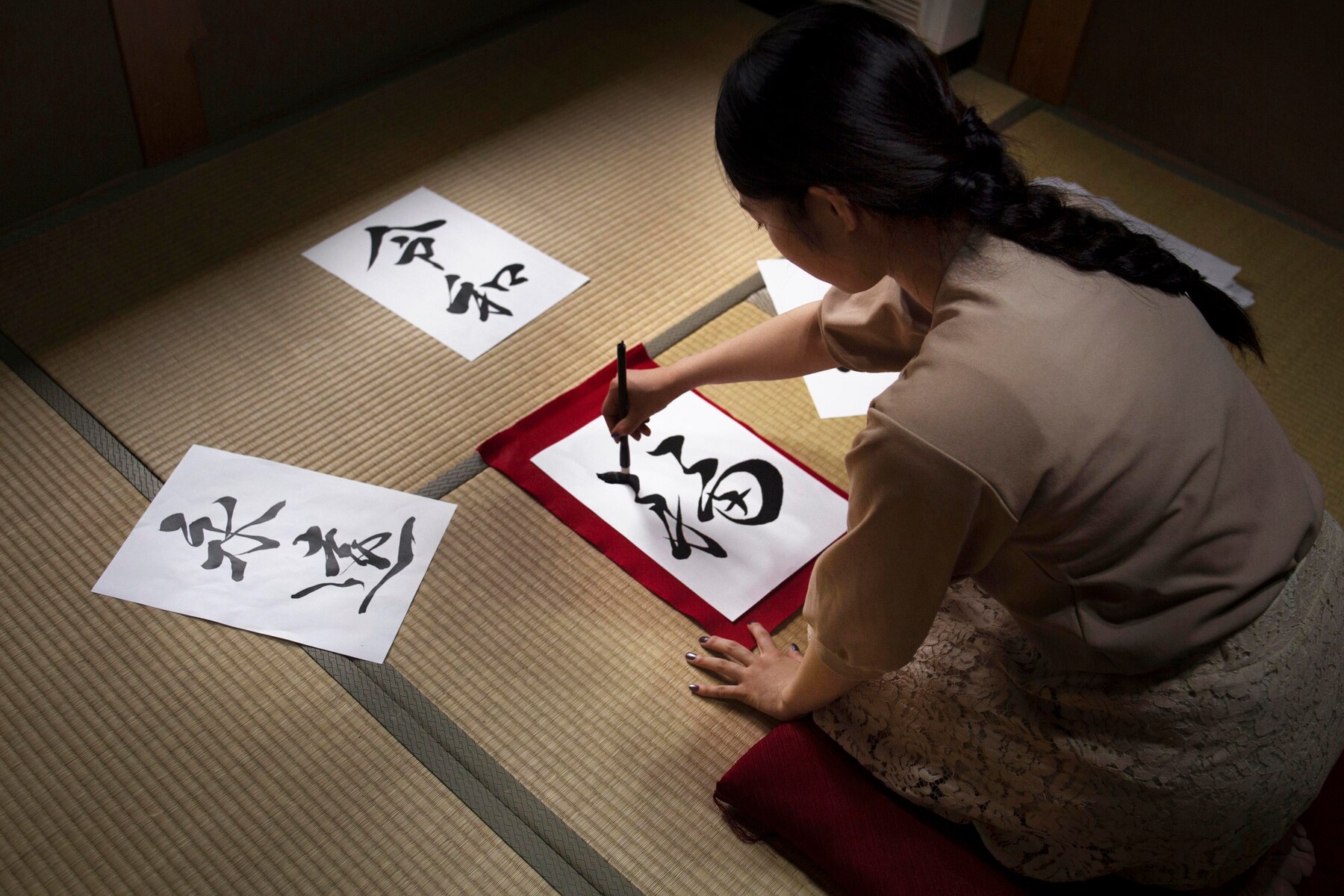
名月をとってくれろと泣く子かな
Meigetsu o totte kurero to, Naku ko kana
Harvest moon -
"Give it to me!"
cries the child.
• Kobayashi Issa, 1819
See also similar articles:
Wabi Sabi: The Japanese Aesthetics of Imperfection
Japanese Philosophy of Mono no Aware: The Practice of Mindful Being
Shintoism at the Heart of Manga and Anime: The Profound Mark of Tradition in Japanese Pop Culture
Kojiki & Nihon Shoki: Ancient Tales in Contemporary Echoes
"Strong Japanese Women"
see book by the author
of the page
未開 ソビエライ
An enthusiast of Asian culture with a deep appreciation for the diverse philosophies of the world. By education, a psychologist and philologist specializing in Korean studies. At heart, a programmer (primarily for Android) and a passionate technology enthusiast, as well as a practitioner of Zen and mono no aware. In moments of tranquility, adheres to a disciplined lifestyle, firmly believing that perseverance, continuous personal growth, and dedication to one's passions are the wisest paths in life. Author of the book "Strong Women of Japan" (>>see more)
Personal motto:
"The most powerful force in the universe is compound interest." - Albert Einstein (probably)
Mike Soray
(aka Michał Sobieraj)
未開 ソビエライ
An enthusiast of Asian culture with a deep appreciation for the diverse philosophies of the world. By education, a psychologist and philologist specializing in Korean studies. At heart, a programmer (primarily for Android) and a passionate technology enthusiast, as well as a practitioner of Zen and mono no aware. In moments of tranquility, adheres to a disciplined lifestyle, firmly believing that perseverance, continuous personal growth, and dedication to one's passions are the wisest paths in life. Author of the book "Strong Women of Japan" (>>see more)
Personal motto:
"The most powerful force in the universe is compound interest." - Albert Einstein (probably)
Mike Soray
(aka Michał Sobieraj)
Write us...
Ciechanów, Polska
dr.imyon@gmail.com
___________________
inari.smart
Would you like to share your thoughts or feedback about our website or app? Leave us a message, and we’ll get back to you quickly. We value your perspective!
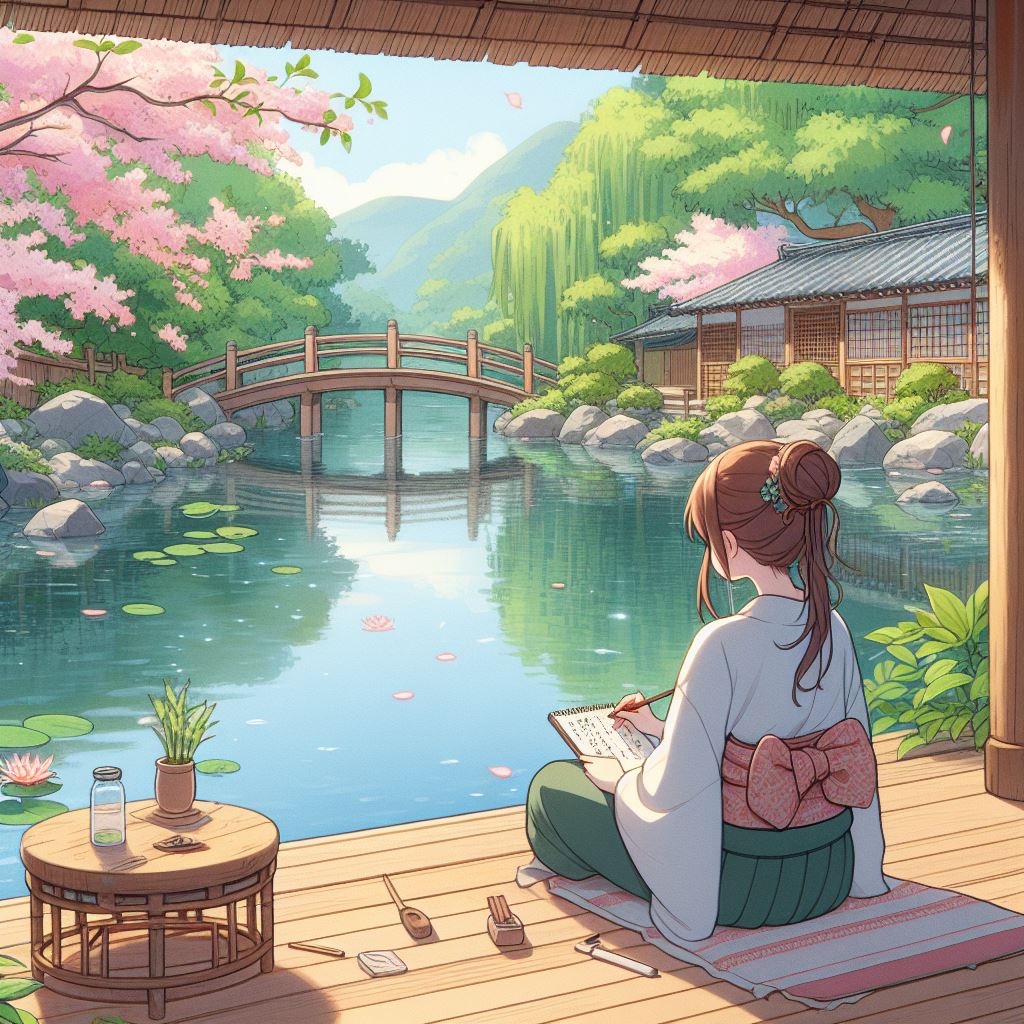 The Art of Weighing Words
The Art of Weighing Words
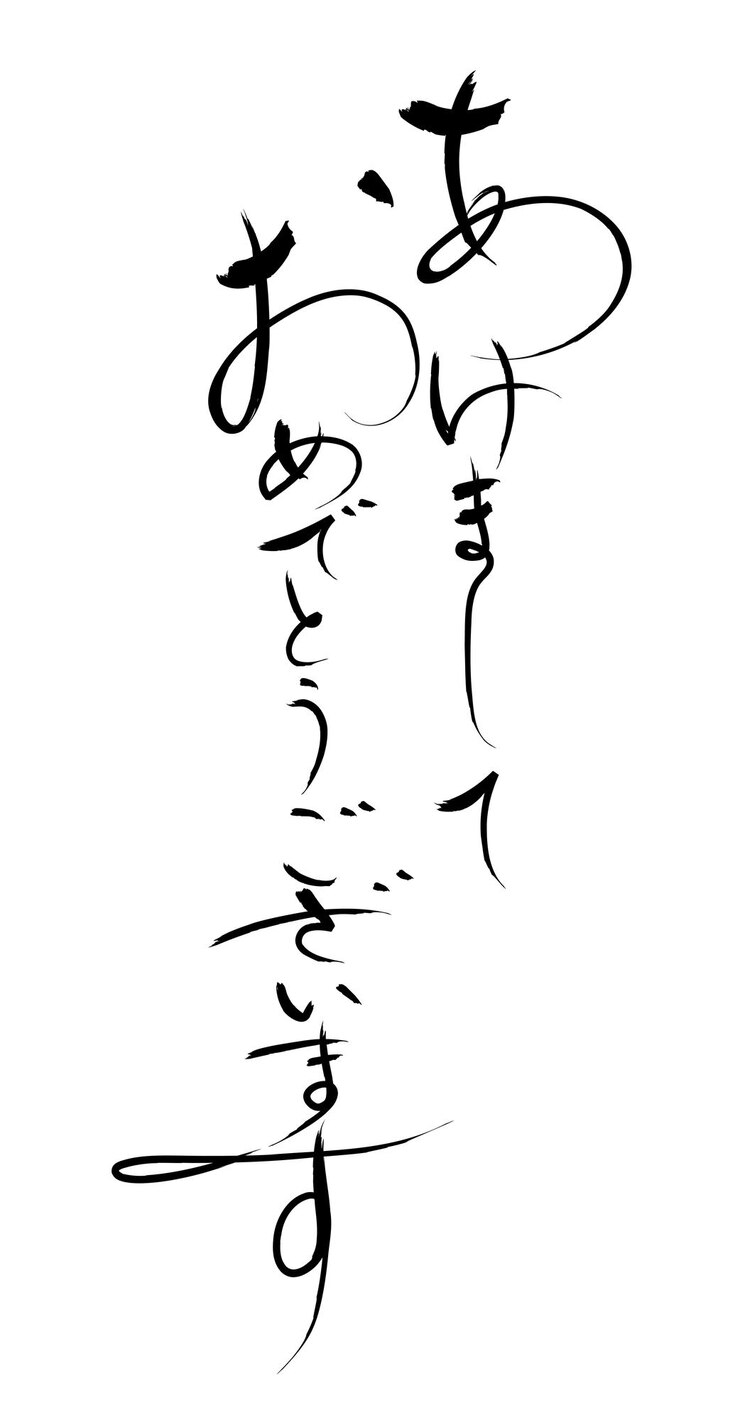 What does Haiku (俳句) mean?
What does Haiku (俳句) mean?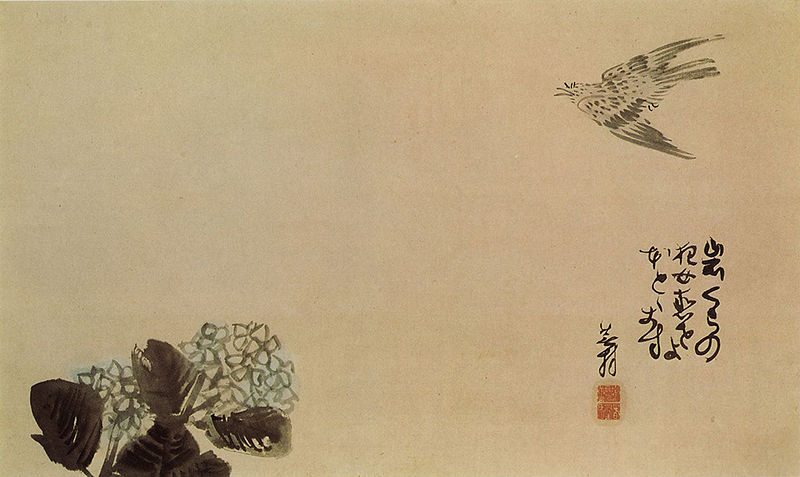 Haiku, being one of the most distinctive forms of Japanese poetry, is a short poem consisting of only seventeen syllables, spread over three lines according to a 5-7-5 pattern. This structural simplicity of haiku is deceptive, as each word, each syllable must be carefully chosen to convey deep meaning and emotion. This poetic form requires the author to use language precisely and express a rich thought or image in a condensed and suggestive way.
Haiku, being one of the most distinctive forms of Japanese poetry, is a short poem consisting of only seventeen syllables, spread over three lines according to a 5-7-5 pattern. This structural simplicity of haiku is deceptive, as each word, each syllable must be carefully chosen to convey deep meaning and emotion. This poetic form requires the author to use language precisely and express a rich thought or image in a condensed and suggestive way.


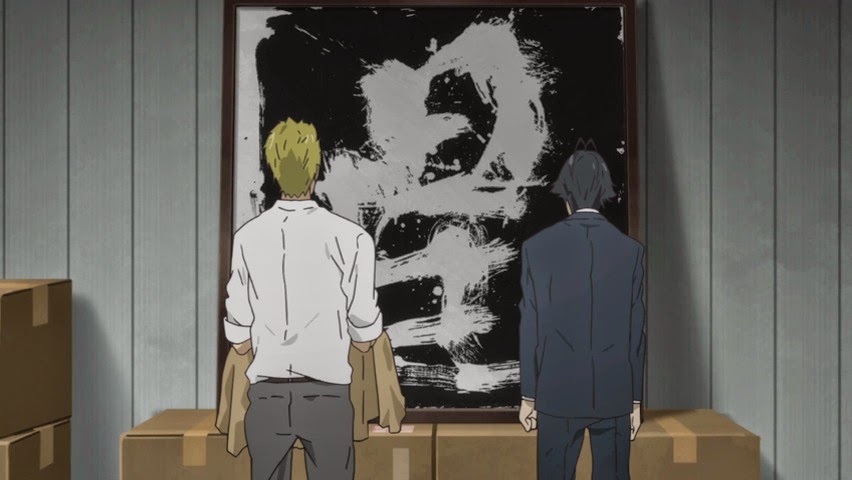 'Barakamon' (2014, Kinema Citrus) tells the story of Seishuu Handa, a young calligrapher who, after a conflict with a critic, moves to a small island. Throughout the series, Handa meets Naru, an energetic girl who often creates haiku, though her poetry is sometimes nonsensical or humorous. Haiku in 'Barakamon' showcases local culture and the simplicity of rural life, as well as serving as a tool for character development.
'Barakamon' (2014, Kinema Citrus) tells the story of Seishuu Handa, a young calligrapher who, after a conflict with a critic, moves to a small island. Throughout the series, Handa meets Naru, an energetic girl who often creates haiku, though her poetry is sometimes nonsensical or humorous. Haiku in 'Barakamon' showcases local culture and the simplicity of rural life, as well as serving as a tool for character development.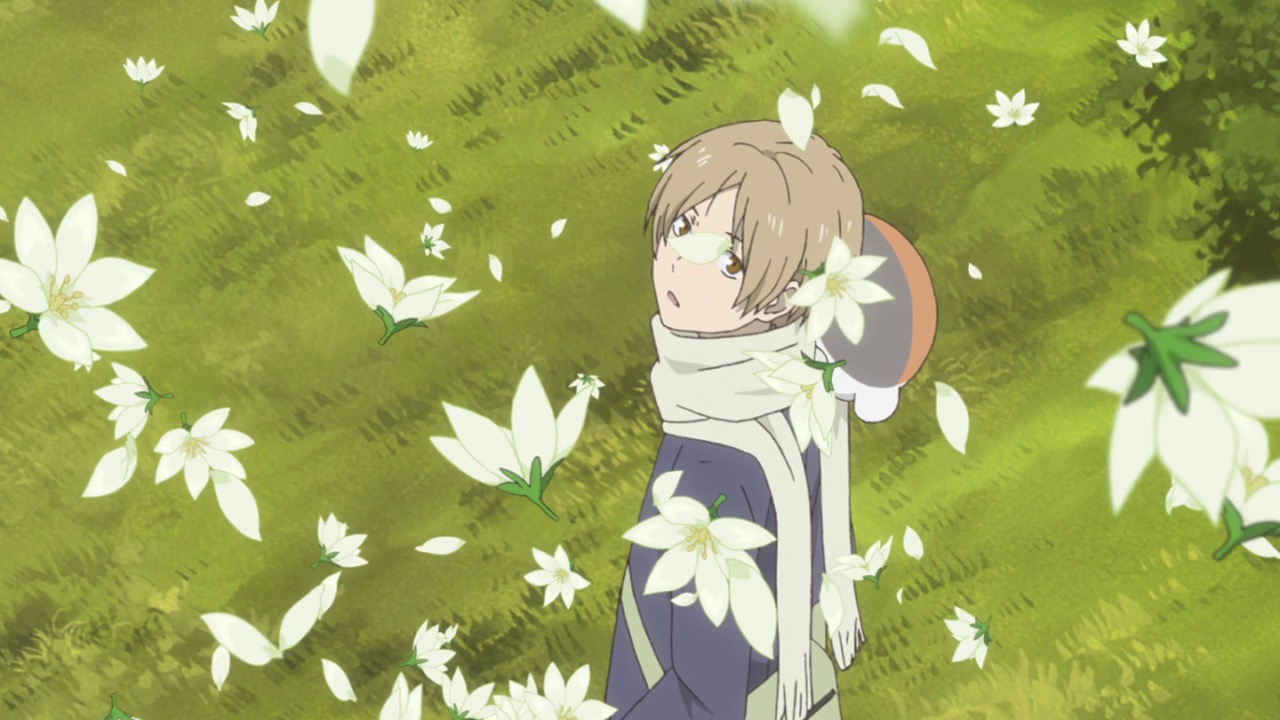 'Natsume Yuujinchou' (2008, Brain's Base) has the titular character, Natsume, who has the ability to see spirits. The series includes references to Japanese poetry, including haiku. Although haiku is not central to the plot, it appears in the background, often serving as a metaphor for the spiritual world and deeper emotions of the characters.
'Natsume Yuujinchou' (2008, Brain's Base) has the titular character, Natsume, who has the ability to see spirits. The series includes references to Japanese poetry, including haiku. Although haiku is not central to the plot, it appears in the background, often serving as a metaphor for the spiritual world and deeper emotions of the characters.

